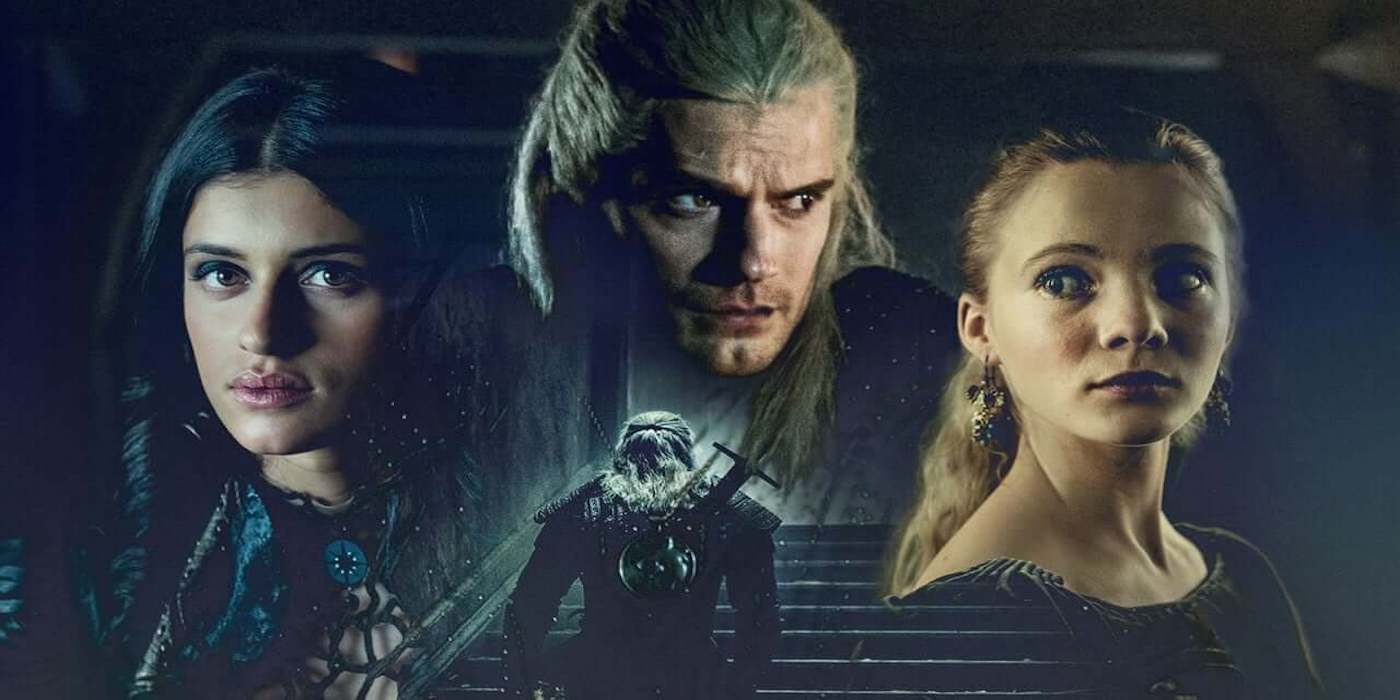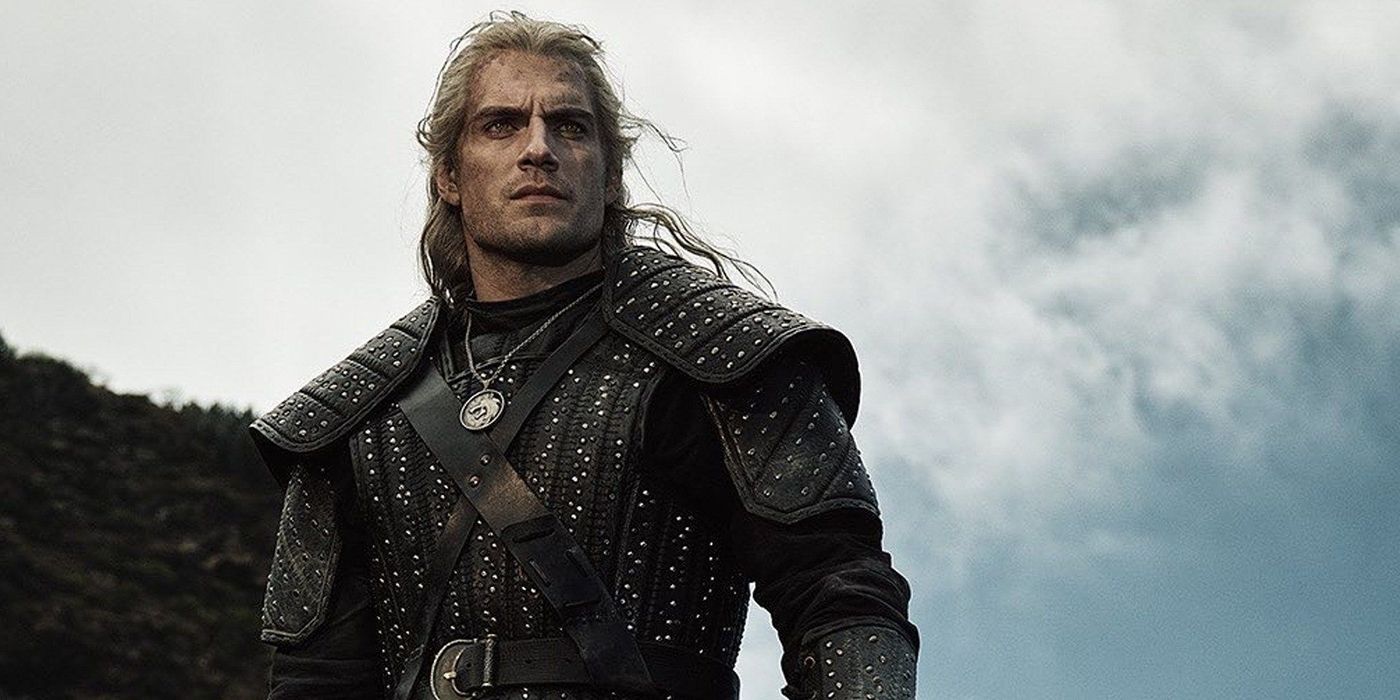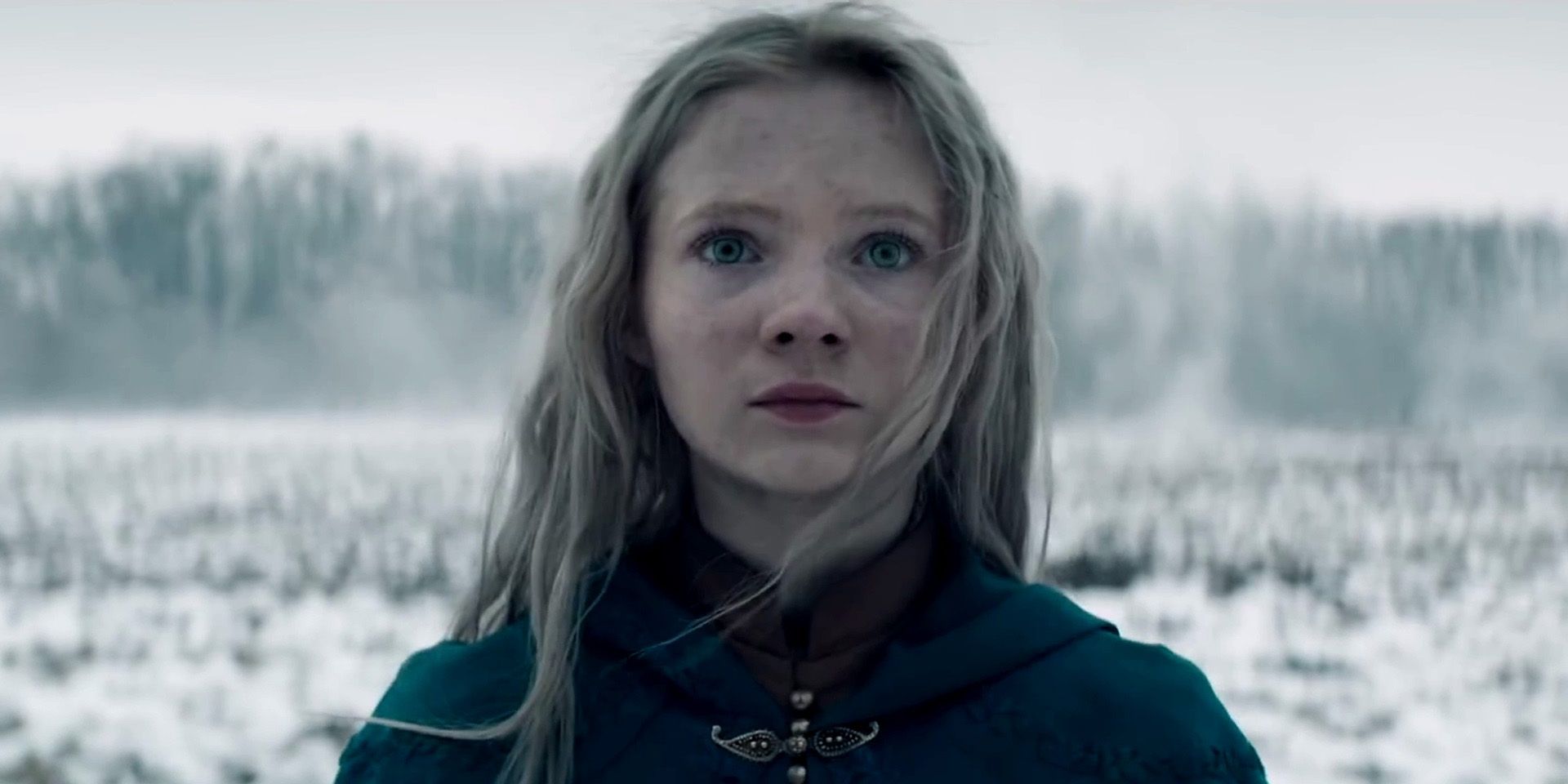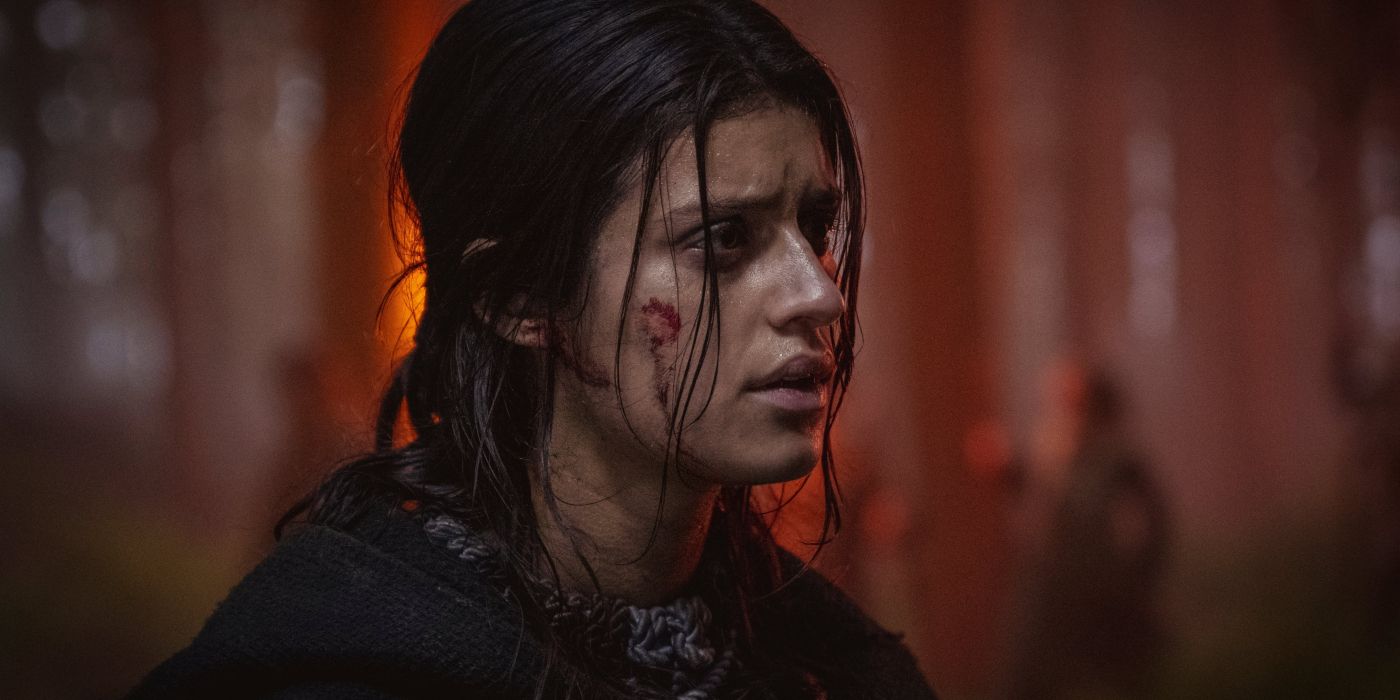The Witcher is a series of books by author Andrzej Sapkowski that has spawned games and a hit Netflix show. The show, however, does something rather controversial –at least in the fan base – in its first season. This is the decision to tell the story in three different rather hard-to-explain timelines. The showrunner of The Witcher, Lauren Schmidt Hissrich, has mentioned that season 2 of the Netflix adaptation will be less confusing now that the main characters' timelines have converged. Fans are likely glad that the writers will be telling the storylines in a more typical format from now on. Yet, the writers must have had a reason for their decision. Why did they go with these confusing timelines? And why were the timelines necessary for the show's success?
The timelines confusing audience members make perfect sense. Many fans did not catch on right away that The Witcher was jumping around in time, making for a rather confusing viewing experience. However, the timelines do have a purpose, and their ultimate goal is a good one. So perhaps, even with some confusion, it's for the best that the writers wrote the show this way. Perhaps some fans even enjoyed the show, not despite the timelines but because of them. Despite its confusing timeline, The Witcher is a hit, which means people kept watching despite their confusion. At least, a lot of people did. And if some didn't, now is the perfect time for them to continue, with season 2 being released sometime this year.
It is crucial to understand why the writers implemented these timelines despite the controversy they caused in the fan base. In an interview with The Wrap, showrunner Lauren Schmidt Hissrich discusses the decision: "I didn't expect it to be as controversial as it was...[The] goal was to get to know each of these characters individually, and the only [way] to do that was to separate their timelines." So there it is, the reason for the confusing timelines in The Witcher.
Viewers would not be introduced to Yennefer or even Ciri until later on in the story without the different timelines. However, with the timelines, the writers can introduce Yennefer and Ciri at roughly the same time as Geralt, and fans can get to know the three characters simultaneously. For those who are not familiar with The Witcher books, Geralt is the one telling the story for the most part.
Imagine not seeing Yennefer until episode 5 or Ciri until episode 8. Introducing two crucial characters later in the game would have made a very different version of The Witcher. If the show had followed the books too closely, viewers would not have met Yennefer or Ciri until Geralt did. And what a shame that would have been.
Following Geralt's adventures is fun, yet it wouldn't be quite as intriguing if that's all the show did. It could easily turn into more of a monster-of-the-episode format, and that would not showcase the full strengths of the fantasy world created in The Witcher. However, with the timelines in place, fans get to watch Geralt fight monsters, witness Yennefer's rise to power, and see Ciri's idyllic world fall around her. So although the timelines might not be fun to watch for every viewer, they serve their purpose.
Some fans might even enjoy trying to solve the puzzle the timelines present, while others will be left frustrated. Whichever kind of fan one might be, most fans would probably agree that Yennefer and Ciri are compelling characters. The world of The Witcher wouldn't be the same without them. So adding different timelines to introduce these wonderful characters sooner is a relatively small price to pay.
Multiple perspectives enrich the story, and, more importantly, viewers get to meet all three characters at once. The more well-written, fully developed characters, the better the story is. And it's easier to develop a character when given more time with them. Therefore introducing Yennefer and Ciri at the same time as Geralt makes some sense. This is why The Witcher needs the timelines: if the writers introduced Yennefer and Ciri later, viewers wouldn't be as interested in their characters.
The way it is, fans of The Witcher are interested in Geralt, Yennefer, and Ciri pretty equally. And that is critical for the show, given how powerful and important Ciri is in the story. And given the importance of the Geralt, Yennefer, and Ciri family relationship, it makes sense to introduce the three characters around the same time.
However, there is the elephant in the room: lots of fans didn't like the different timelines. That's okay; everyone has different tastes when it comes to television. Yet hopefully, now, there is more understanding of why the timelines exist and how they're actually somewhat of an asset for the show. And for those fans who didn't like the timelines, don't worry; season 2 will be a lot better where that is concerned. In the end, all the fans love The Witcher, confusing timelines and all, and that's what matters.




